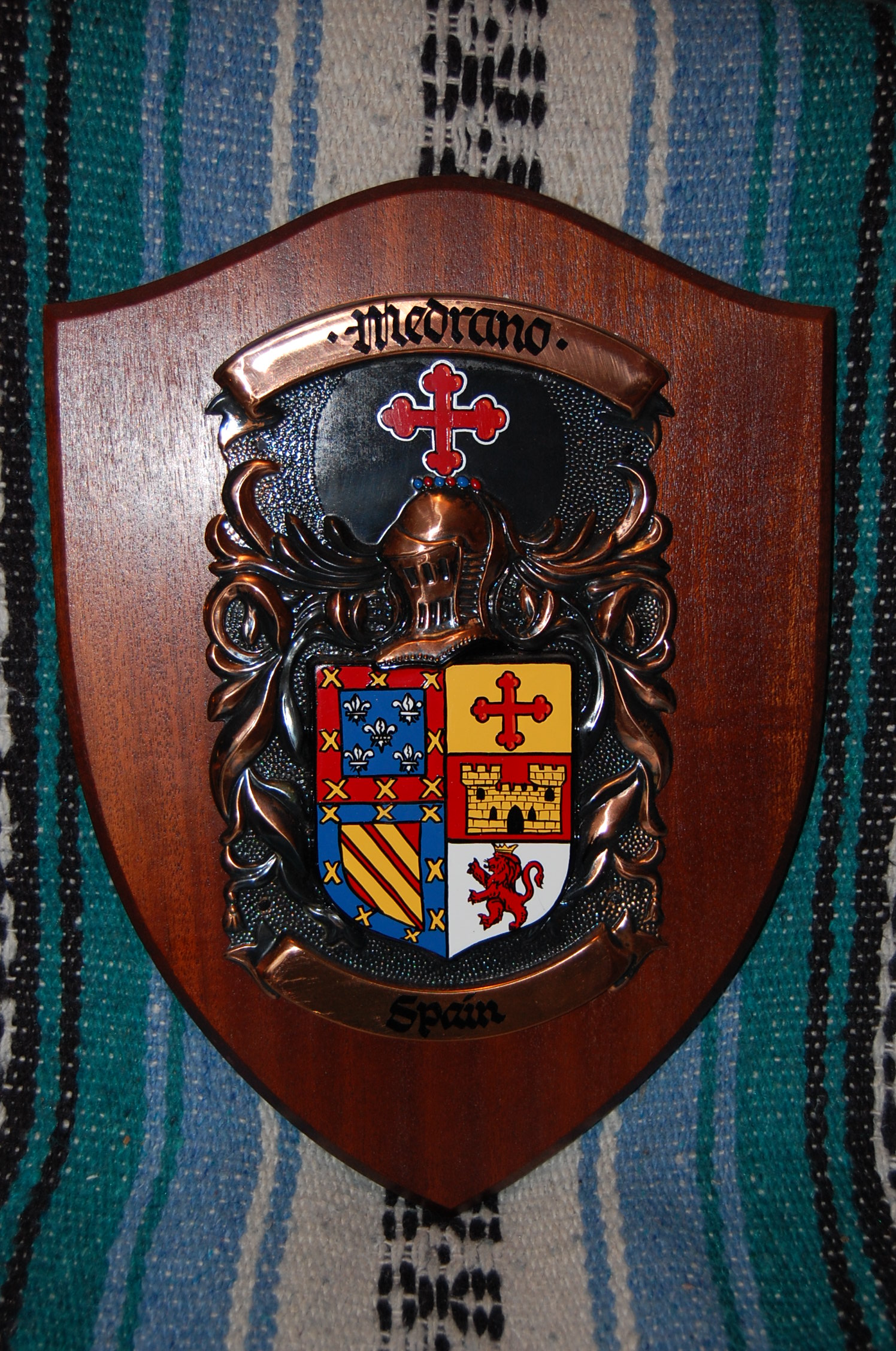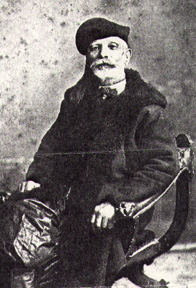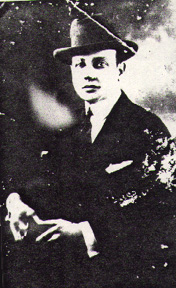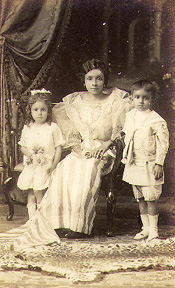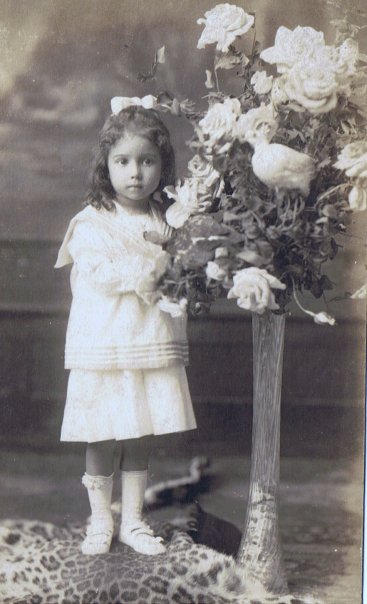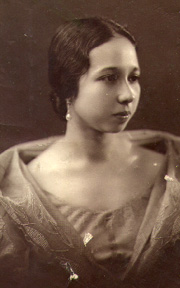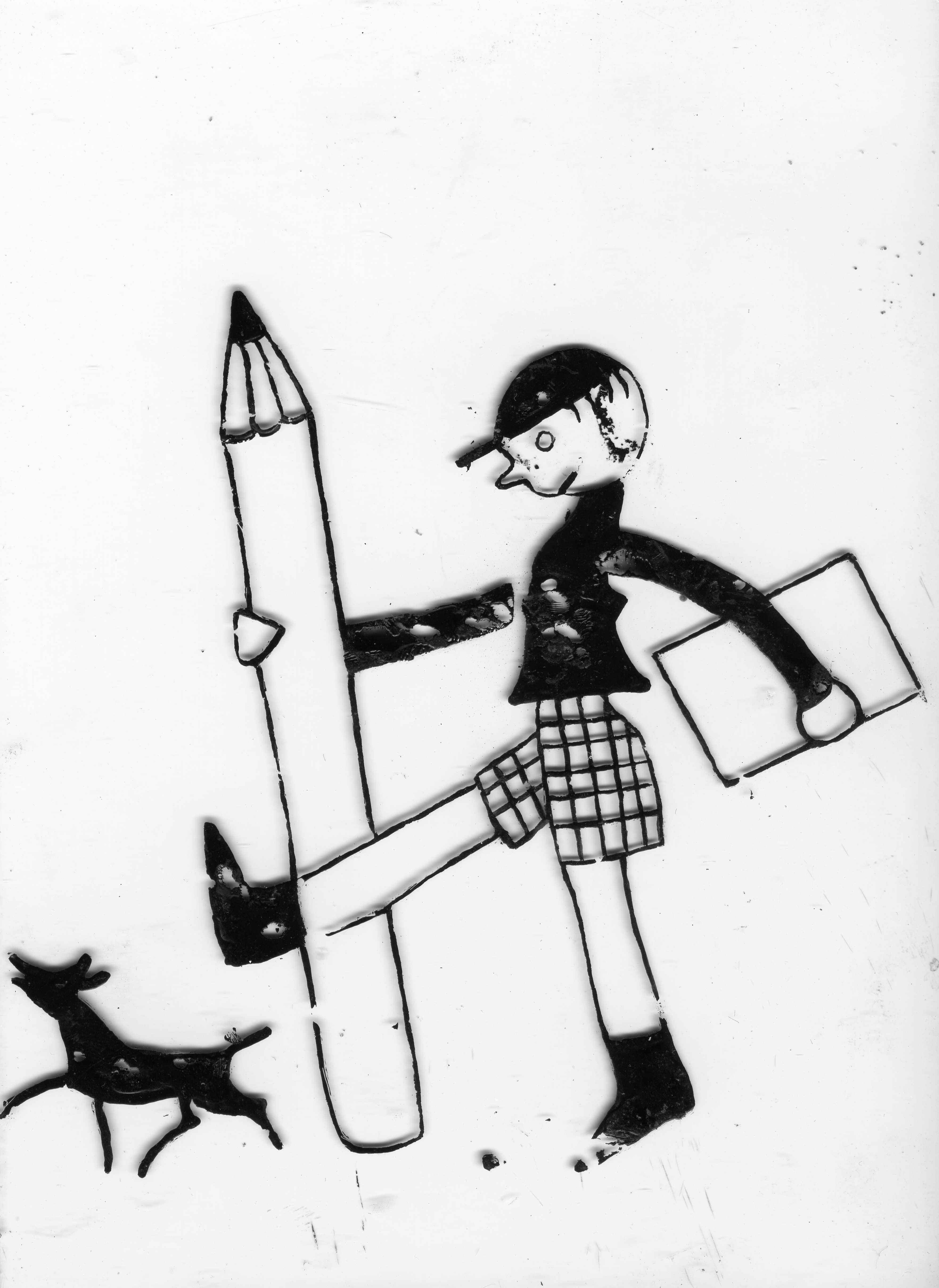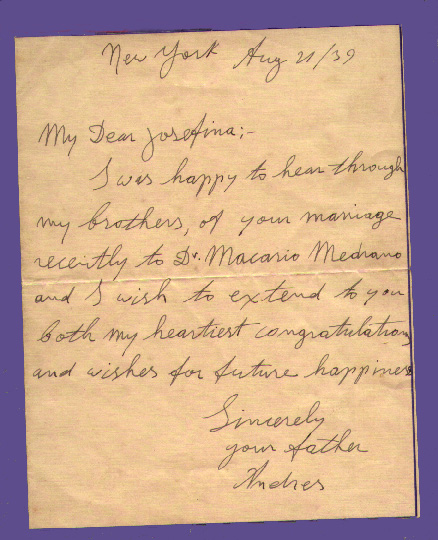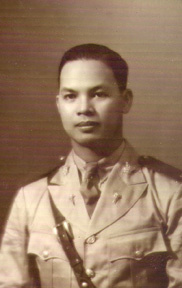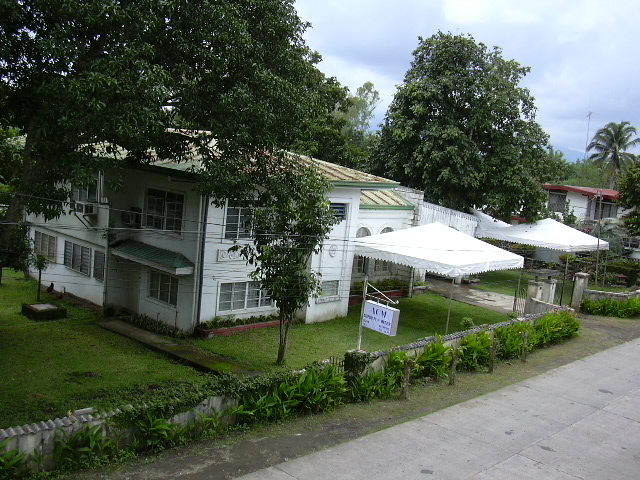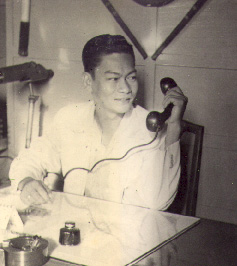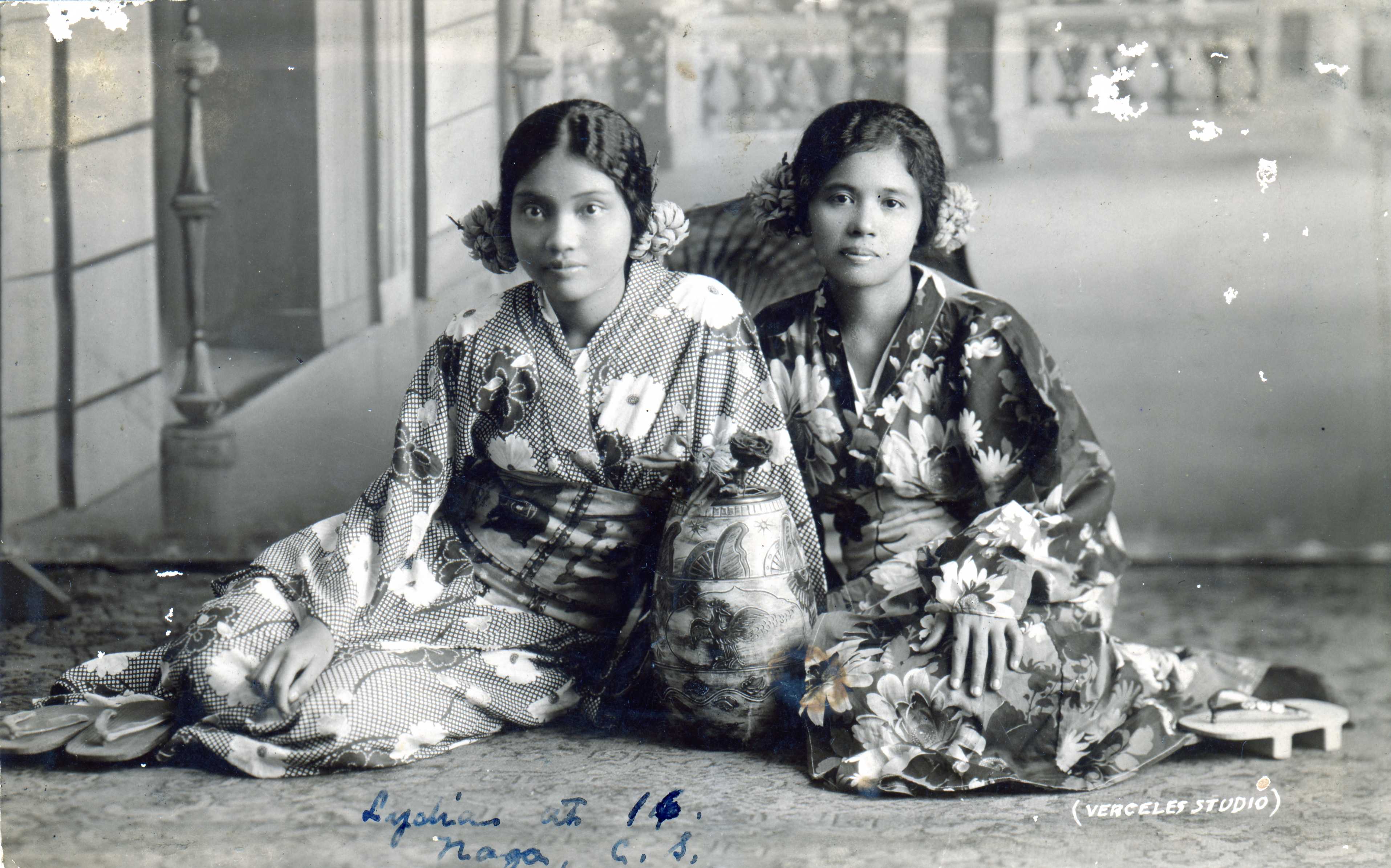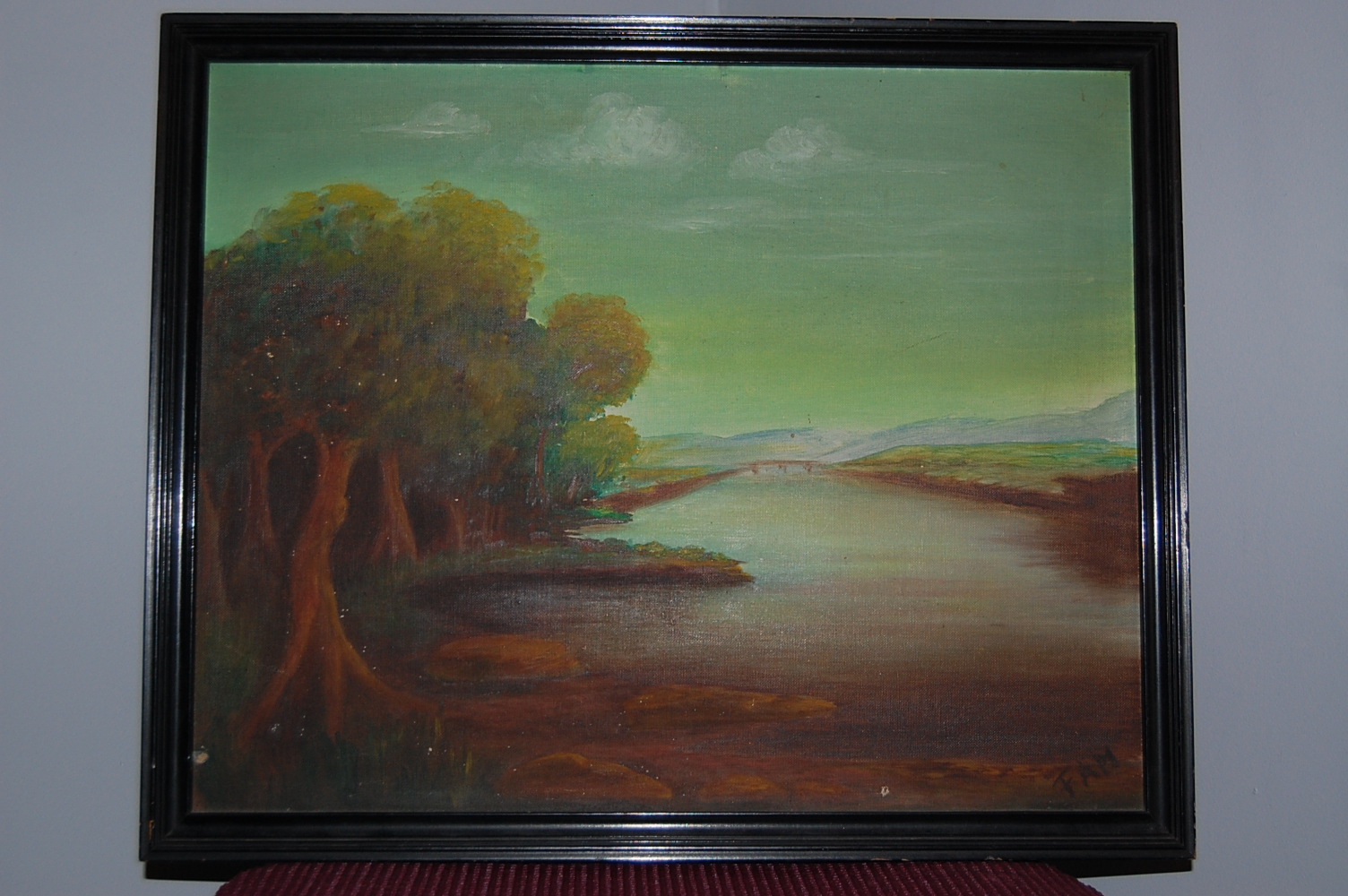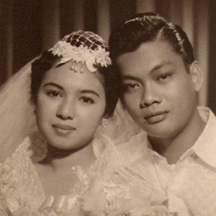en | eo | ia | Last update: 2025-01-19
My Eurasian Family History
by Viktor Emmanuel Medrano
The family name Medrano is from the Basque country, which today overlaps Spain and France. The meaning of the surname is unclear and mysterious. One source claims that it means "place of ferns"; "edi" is fern, and "ano" is abundance. Another source claims that it means "narrow plain." Whatever is its meaning, one generally agrees that it is a Basque name. And Basque was believed to be an isolated language, unrelated to the Indo-European languages around it. Recently, in linguistic research, including those of Merritt Ruhlen, Basque would be grouped in the Dene-Caucasian language family, which would include language families or languages previously thought to be isolates. These entities are Basque, Caucasian, Burushaski, Sino-Tibetan, Yeniseian, and Na-Dene (an Amerindian stock).
(The Indo-European language family is a gigantic family with over 3 billion speakers and encompases several subfamilies, including Italic, Germanic, Indo-Iranian, Celtic, Baltic, Slavic, Greek, et cetera.)
It is unknown whether my Filipino ancestors inherited the name Medrano from Spanish settlers or they adopted it according to the Clavería edict in the Philippines. The majority of native Filipinos adopted Hispanic names by decree of Governor General Narciso Clavería in 1849. Administrators created El Catálogo Alfabético de Apellidos or "The Book of Surnames" to systematically distribute the names. They did so in order that maintaining tax records could be easier since Filipinos initially did not have surnames and many of the earlier converts of Catholicism adopted names of saints and, in turn, duplication of the same surnames were numerous then. This history is about a lineage of Medranos from the Philippines. In any case, both my paternal side and my maternal side have Spanish ancestry. And, whilst my paternal side has also Portuguese, my maternal side has also Greek. Interestingly, the Spanish surname Medrano does appear in lists of Sephardic surnames of Jews. (Both my parents have the same surname Medrano, as they are far cousins.)
Incidentally, there is an old legendary Circus Medrano (or Cirque Medrano, or Circo Medrano,...) in Europe.
A picture (below, clickable for enlarging) of the Medrano family shield:
A picture (below, clickable for enlarging) of some information about the Medrano family:
In traditional anthropology, I and my siblings would be a multiracial mixture of Mongoloid, Caucasoid, and Australoid races. Mongoloid is from Han Chinese. Caucasoid is from Spanish, Greek, Jew, and Portuguese. We are also partly Malay—the Filipino Native.
Malays are considered Southern Mongoloids. A long time ago, the Southern Mongoloids expanded into South-East Asia; they partly replaced and partly assimilated the native Australoids. My ancestors travelled very far and wide through the eons.
I may have also Mexican genes, inclusive of those of Amerindians of Mexico, because one regularly shipped across the Pacific centures ago under the Spanish Empire.
I suspect that I may have Japanese ancestry, also. As early as the 1100's, records indicate that some Japanese have been emigrating to the Philippines. A Japanese person who either has emigrated from Japan or who is a descendant of a person who emigrated from Japan is called a nikkeijin (日系人).
Most Chinese in the Philippines speak Hokkien, which is a variant of Min Nan Chinese. Hokkien is spoken in southern Fújiàn, Táiwān, and South-East Asia. Both my paternal and maternal sides have Chinese ancestry. The known Hokkien ancestral surnames on my father's side are: Lim Dy Co, Inciong, and Tiangco; on my mother's side: Landicho. There may be others yet to be known.
The Jewish part of us remains a mystery. If our Jewish ancestors were Sephardic Jews, then they probably came from the Iberian Peninsula, but if they were Ashkenazi Jews, then they probably came from Eastern Europe. Our Jewish strain were most recently traceable from Greece and there was probably mixing betwixt Jews and native Greeks. According to Max I. Dimont's book Jews, God, and History, the first Jews came from the city of Ur in Babylonia about the year 2000 before the Common Era (B.C.E.). By the Graeco-Roman times, scholars translated the Old Testament into Greek. They called it the Septuagint, derived from Latin Interpretatio septuaginta virorum (Greek, hē metáphrasis tōn hebdomēkonta), the "translation of the seventy interpreters." Many Greeks, as well as some people from other ethnic groups all over Europe, converted to Judaism. And so, these Greeks and others were at least some of the ancestors of the Jews who spread into other parts of Europe.
At one time, Spain was a land of three religions: Islam, Judaism, and Christianity. Under Islamic rule, there was religious tolerance about the Jews and Christians. So who knows? We may also have had Arab ancestors from the distant past. In later years of the history, after Spain reverted to Roman Catholicism, during colonization, in Ibero-America and the Philippines, there were many Crypto-Jews. These people were Jews who practiced Judaism in secret.
Our Semitic ancestors, Arabs or Jews, whatever they might have been, could be traceable to faraway places like Ancient Egypt or Babylonia... Because of the fact that the Medrano family owned a circus, would Gypsies also play a role in the genealogy? Currently, without documentation, such would only be speculation.
Genetics and anthropology are complex subjects. It is probably just easier to say, using traditional anthropological terminology, that we are Caucasoid and Mongoloid with some Australoid admixture. A little bit of Negroid from many generations or many centuries ago is also a possibility. It was likely that these Negroids, desert people, came from North Africa. Another word that applies to us, being of mainly mixed European and Asian descent, is Eurasian. Generally, a mixed-race person is also called a mestizo. Hapa is a Hawaiian word referring to someone of mixed ethnic ancestry. In Hawaii, the term refers to any person of mixed ethnic heritage, regardless of the specific mixture. In California, the term refers to any person of East Asian or Southeast Asian admixture. The 27th of June every year celebrates Mixed-Race Day or Día del Mestizo in Spanish.
People have variety. My preferred model of anthropology has four subspecies of the human species: Mongoloid (variants Sundadont, Sinodont, and Super-Sinodont, who are respectively Austronesian, Oriental, and Amerindian), Caucasoid (variants Nordic and Mediterranean), Negroid (variants Congoid and Capoid), and Australoid (variants Veddoid, Negrito, Papuan, Melanesian, Aborigine). Mixing amongst the human subspecies Mongoloids, Caucasoids, Negroids, and Australoids is quite common.
The Spanish Empire and Crown granted land to my great-great-grandfather, the Spaniard Captain Ramón Palacios, as a reward for his great servitude. It was in the faraway colony of the Philippines, Las Islas Filipinas. Ramón, an aristocrat, embarked from Spain to his new home sometime in the 19th century. He resided in the region of Batangas and married a Filipina, María Aguirre. They had a daughter named Concepción 'Concha' Aguirre Palacios. Concha was small in stature and a gentle señorita. She married Andrés Talambiras, a wealthy textile merchant and wholesaler of men’s clothes. He was from Athens, Greece. Andrés was from a family of five children. His parents, Dimitri Talambiras and Keratsu Stamelos, lived in Greece. It is said that the hometown was Kimi on the island of Évia in Greece. Josefa 'Bebe' Palacios Talambiras and Ramón George Palacios Talambiras, who was older than Josefa, were the children of Concha and Andrés.
A picture (below) of Dimitri Talambiras, my great-great-grandfather:
A picture (below) of Andrés Talambiras, my great-grandfather:
A picture (below left) of my great-grandmother, Concepción 'Concha' Aguirre Palacios, with her two children, Josefa 'Bebe' Palacios Talambiras and Ramón George Palacios Talambiras; a picture (below right) of grandmother Josefa with flowers:
The other brothers of my great-grandfather Andrés Talambiras relocated themselves in other lands, including Panama, so that I may have relatives in Latin America even to this day.
Before the birth of his daughter Josefa Palacios Talambiras, Andrés left for New York, USA, never to come back. His wife, Concha, remained in the Philippines. Her domineering older brother, Juan Aguirre Palacios, discouraged her from going. Juan intercepted and never gave the tickets that Andrés had sent for Concha and their two children, Josefa and Ramón. Most of the letters that Andrés had sent Concha never reached her.
Andrés remarried in America, to a Jewish woman. About his religion, hearsay proclaims him of Greek Orthodox faith, but he was really a Jew.
Meanwhile, in the Philippines, Josefa grew up under her wealthy mother's protective umbrella and became accustomed to the quiescent pace of life. Josefa studied fine arts in Holy Ghost College, a Catholic institution.
A picture (below) of Josefa Palacios Talambiras ("Lola Bebe"), my maternal grandmother:
A picture (below) of the art of Josefa when she was younger:
A letter (below) to Josefa from her father Andrés, on the 21st of August of 1939:
Josefa married an intelligent and hard-working man, Macario Aguilera Medrano. He was a general practitioner and in his time was one of the top achievers of the medical board examinations. During World War II, he served as a medical officer for the Philippine Commonwealth Army and participated in the Bataán Death March. In later years, he would take up acupuncture and Oriental medicine. His favourite games included betting in sabong or cock-fighting matches and playing mah-jong.
Macario’s father, Pedro Medrano, was a landowner, horse-trainer, and an advisor to the barrio (village) people. Macario’s mother, Florencia Aguilera, was a beautiful and complacent woman. Macario, who did not even know the names and origins of his own grandparents, likely had some Chinese ancestors, aside from Filipino ones, judging from his physical appearance.
A picture (below) of Macario Aguilera Medrano ("Lolo Mac"), my maternal grandfather:
A picture (below) of the house of Macario and Josefa Medrano in Ibaan, Batangas, Philippines; inside was an acupuncture clinic:
Josefa and Macario raised four children: Belinda, Bella, Edgardo, and Alberto. Belinda was Miss Luzón of 1958 and was runner-up for Miss Philippines in the same year. She studied Business Administration in the University of the Philippines. She became the first woman bank manager of one of the biggest banks in South-East Asia, the Far East Bank. Upon immigrating to Canada in 1976, she worked for Royal Bank until 1997, when she finally retired.
A picture (below) of my mother, Belinda Talambiras Medrano, Miss Luzón (1958):
In 1898, Spain lost a war with the United States. The Philippines came under American administration. Insurrections followed. During the Filipino-American War, Captain Mariano Medrano fought under General Malvar. Malvar was the last general to surrender to the Americans. Although the general laid down his arms, the valiant Mariano continued to defy the Americans, but mysteriously he disappeared from the scene. His son, Victorino Medrano, strove to find him for years. Fruitless in his search, he decided to settle down and marry.
On the 2nd of April of 1913, nature blessed the young couple, Victorino Medrano and Margarita Achico, with their first child, a son, named Francisco Aguirre Medrano. Victorino was at the time a busy man, working as a civil engineer for the Batangas Provincial Government in the Philippines. Margarita was only 15. It was mainly Francisco's maternal grandparents, Fernanda Venturina Achico and Alejandro Aguirre, who raised him. Alejandro's mother, Lim Dy Co, was of Chinese descent. Fernanda's father had a surname, Achico, which was probably also of Chinese origin. This surname, it is said, was originally "Chico," but inheritors later prefixed it with an "A" because a "chico" was coincidentally a kind of fruit in the Filipino vernacular language.
Francisco grew to be a very active, industrious boy. In school, he excelled both academically and athletically. He cherished the classic proverb, Mens sana in corpore sano (a sound mind in a sound body). Alongside being a great orator, debater, and journalist, he was also a judo master, fencing master, marksman, amateur boxing champion, exceptional swimmer, tennis player, and even a superb painter and dancer. He also was a master of arnís de mano, a Filipino martial art. He graduated as one of the most highly acclaimed students from San Beda College of Manila.
A picture (below) of Francisco Aguirre Medrano ("Daddy Pito"), my paternal grandfather:
Francisco went on to study law in the University of the Philippines in Manila. There, he fell in love with Lydia Ramos Rillo, who was studying to be a teacher. On the 24th of September of 1934, the lovers eloped and married at the Manila Justice and Peace. The affair was without the consent of the bride's wealthy parents, Salvador Benigno Apacible Rillo and Nazaria Cudiamat Ramos. Incidentally, Tiangco and Inciong are Chinese surnames that appear in Lydia's lineage. One of her ancestors from the 18th century, Pedro Bohai, was from Portugal.
A picture (below) of my great-grandparents, Nazaria Ramos and Salvador Rillo (1924):
Salvador was a collector of the Bureau of Government Internal Revenue and a heavy investor of mining stocks. He was well-educated and spoke Spanish, English, and Tagalog with equal fluency. Lydia's mother, Nazaria, was an industrious, strong-willed woman. She was known for being an avid card game player. Salvador's father, Santiago Rillo, was a soldier. During the late 19th century, he fought amongst the revolutionary forces known as the Kátaástaásang Kágalánggalángang Katipunan (KKK) against the corrupt Spanish rulers. Chivalry runs in the family. Santiago also was one of the signers of the Malolos Constitution, promulgated on the 21st of January of 1899. That constitution laid the foundation of President Emilio Aguinaldo's short-lived independent republic betwixt Spanish rulers and the new American invaders.
A picture (below) of Lydia Ramos Rillo ("Mommy Lydia"), my paternal grandmother (1964):
A picture (below) of Lydia, on the left, in Japanese clothing when she was 16 years old (1930):
After marriage, Lydia graduated and because of her extraordinary command of the English language, she soon became the proud head of the English Department of the highly reputed Batangas High School. Meanwhile, the husband Francisco worked as a public servant in Manila. He graduated and earned a law degree in 1941. Ill-fated, he would be unable to take his bar examinations as that same year was the dawning of World War II.
The Japanese forces ransacked and occupied the Islands. They beat the American and Filipino forces at Bataán. Francisco aborted all his plans. To protect his family, he had them move about in the secluded jungles. Patriotism shot through the veins of Francisco. Gallantly, he formed an underground "guerrilla" movement with himself ranked as colonel. The Japanese declared him a wanted man.
Coincidentally, Francisco's father-in-law, Salvador, also involved himself in another resistance movement in which he also ranked as colonel. Unfortunately, the Japanese captured him. They brutally tortured and beat him with a metal pipe. It resulted in a partial indentation of his skull. He would be held as prisoner in Fort Santiago until American Liberation.
As the war continued, the Japanese appointed a Filipino president, José P. Laurel, Sr., who entrusted Francisco as presidential aide. Tragically, the Japanese intelligence, the Kempitai, identified Francisco one day through an informant. They arrested him. They pegged him to the ground to roast under the tropical sun amongst other captives. The President reasoned with the Japanese and they fortunately spared Francisco’s life.
When the Americans came for the Liberation, fearless Francisco rejoined his brave soldiers to help annihilate the invaders. All this time, his wife and family lost contact with him and thought he was already dead. A long search by Lydia proved it otherwise.
After the hostilities, Francisco's political life persevered. He ran for governor of Batangas. He became Provincial Secretary. In 1946, he helped an old friend, Manuel Roxas, campaign for and win presidency. The new President appointed him General Manager of the National Development Company. Francisco organized the Civilian Guards to keep peace and order. Then triumphantly in 1948, he fought against the communist-led peasant uprising of the Hukbalaháp, a guerrilla movement.
In 1949 after the fatal heart attack of President Roxas, an election was in order. Francisco became chief security officer for Former President José P. Laurel, who was campaigning for presidency against the incumbent Elpidio Quirino.
Quirino succeeded in winning presidency. This event angered Francisco and he remobilized his guerrilla forces for an armed revolution. He stated a manifesto to the government and the Filipino people:
"I appeal to all freedom and liberty loving people to unite and fight for the very things our forebears fought to be free from Spanish domination and for the sake of the memory of those unknown soldiers who had died in the battlefields of Bataán and Corregidor to conserve our democratic institutions for our posterity."
General Medrano's forces soon pressed from all sides and his family pursued by enemies through swamp and jungle, the situation became critical. After 45 days of fighting, General Medrano, whose followers' spirits had waned and grown weary, accepted amnesty on his own terms. They made truce with the enemy. Thus the frustrated Francisco came to the resplendent Malacañang Palace and met President Quirino personally.
After the truce, the government re-appointed General Medrano as the chief of the administrative department of the National Development Company. Years later, Francisco would successfully campaign for President García's presidency. He also became Chief of Import Central Commission, General Manager of the Manila Port Service, and Vice President of the International Ports Managers Association. After many years of political service and sacrifice for his country, he would retire peacefully in 1963 to engage in private business which included traditional handicrafts for export. He and Lydia moved to California, USA, in the 1980's. He died on the 21st of February of 1987.
One of Francisco Aguirre Medrano's many paintings (below):
Francisco and Lydia had four children: Virginia, Mila, Frank, and Viveca. Due to the ill health of Frank's mother, his great-grandparents Fernanda Venturina Achico and Alejandro Aguirre nurtured Frank for the first three years whilst in Batangas. Wars and his father's involvement in risky politics constantly disrupted Frank's education. His mother and his sisters taught him the three R's whilst hiding in the jungles. At a tender age, he led an adventurous life and experienced the tragedies of war. He went to high school in Manila at a Catholic private school, San Beda. Frank's real ambition was to be a pilot, but under his father's guidance, he took up preparatory law. Truly, his real talents lay in music and singing. He gradually neglected his studies as he decided to go to work. Soon enough, the world of business engulfed him, occupying high positions in various companies involved in light steel, textiles, and agriculture. He was an assistant manager of the American-owned California Manufacturing, Inc., and later its marketing arm, California Sales Corporation, which he started up. He also started up Monterey Farms, Inc., the multi-billion-peso agribusiness industry later owned by San Miguel Brewery. He was an assistant to the vice-president on finance of Synthetic Textile Manufactures, Inc., and was also the assistant general manager of Filipinas Electro-Industrial Corporation.
A picture (below) of my parents, Belinda Medrano and Frank Medrano (1958):
Frank married Belinda Medrano on the 7th of September of 1958, in an elaborate ceremony in Saint Augustine Church in Manila. In 1968, he obtained a Bachelor's degree in Commerce with Management as a major. With Belinda, he raised three children: Fernando Gerardo Medrano, Viktor Emmanuel Medrano, and Paolo Franco Medrano. The whole family immigrated to Canada and landed there on the 16th of June of 1976. A few years after their arrival, Frank and Belinda converted from the Roman Catholic faith to a Protestant faith under the guidance of Baptist Filipino expatriates.
In his earlier years in Canada, Frank would involve himself with businesses dealing with imported handicrafts and various foodstuffs. He was U.S. sales manager for an American-owned food manufacturing company based in British Columbia. His territory was the entire West Coast of the United States and Hawaii. In his later years in Canada, preparing for his retirement, Frank would take up computer applications and supervise a laboratory for students who study English as a second language.
Frank and Belinda's son, Fernando, married Lucinda Atwood, of English ancestry, in a secular ceremony in their home on the 4th of May of 1997. In the year 1998, their daughter, Tria Josefa Lucinda Jill Atwood Medrano, was born. In the year 2000, their daughter, Calla Belinda Lydia May Atwood Medrano, was born. Frank and Belinda's son, Paolo, married Tina Leigh Wells, of English ancestry, in a Hawaiian ceremony in Maui, on the 14th of February of 2012.
Medrano
Hybrids
Maternal Ties
Paternal Ties
Some Notes
{first name} {middle names if any} {mother's surname} {father's surname}. For example, the father of Belinda Talambiras Medrano is Macario Aguilera Medrano and her mother is Josefa Palacios Talambiras; Belinda got "Talambiras" from the mother and "Medrano" from the father.
Copyright © 2002/2025 by Victor E. Medrano
(I used here the ISO 8601 standard for dates and times.)

